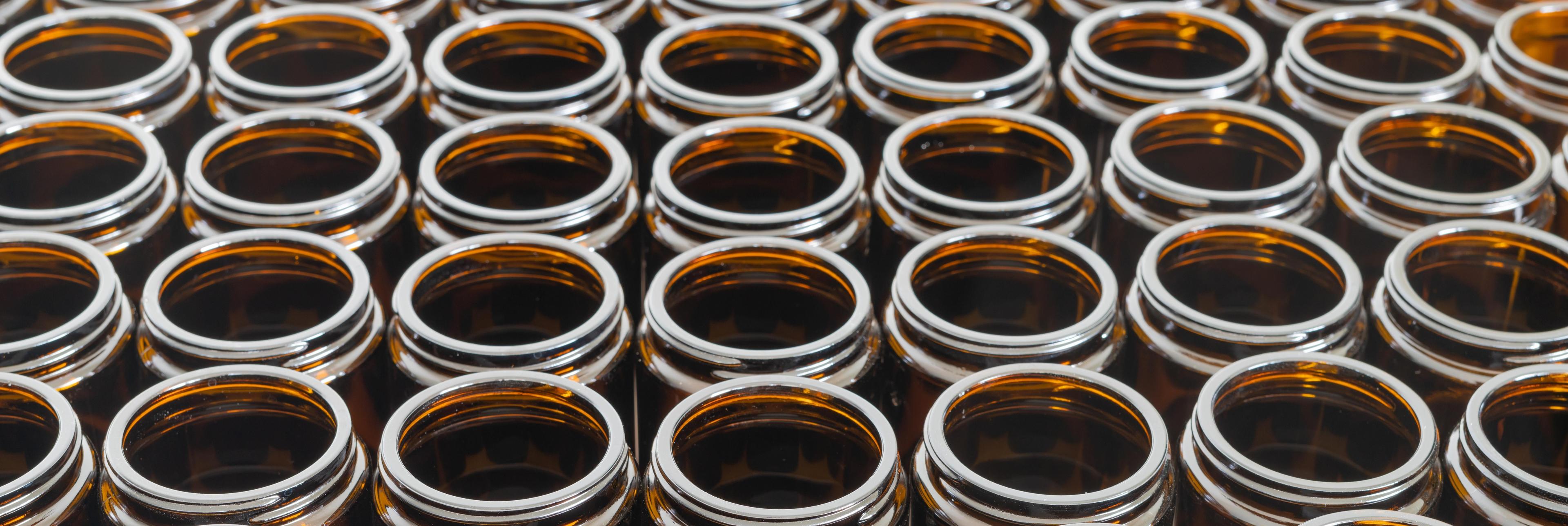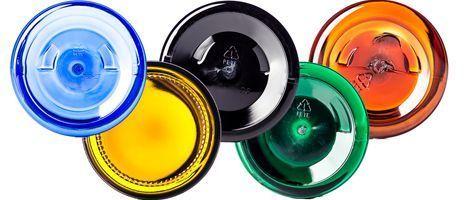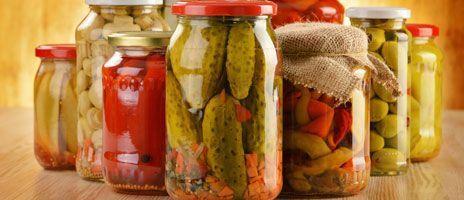Common Misconceptions About Amber Glass Packaging


Common Misconceptions About Amber Glass Packaging
Shedding Light on Amber Glass Myths
Amber glass bottles are a staple in the packaging world, particularly for pharmaceuticals, essential oils, food and beverage products, and cosmetics. They are known for their protective qualities, durability, and aesthetic appeal. But despite their widespread use, several misconceptions persist about amber glass packaging. Some believe it’s purely decorative, while others assume it’s an outdated relic of the past. The truth? Amber glass is both functional and scientifically backed as a superior packaging choice. In this article, we’ll clear up the most common myths surrounding amber glass packaging, helping you make informed decisions for your packaging needs.
Misconception #1: Amber Glass is Just for Aesthetic Appeal
The Truth:
Many people assume that amber glass is chosen primarily for its vintage or earthy appearance. While it’s true that amber glass can elevate a product’s look, its benefits go far beyond aesthetics. Amber glass is specifically designed to block certain wavelengths of light, particularly ultraviolet (UV) rays. These UV rays can degrade the potency of pharmaceuticals, essential oils, and other sensitive products. That’s why industries such as healthcare, skincare, and food rely on amber glass—not just for style but for product integrity.
Real-World Example:
Pharmaceutical companies package medications in amber glass to prevent light-sensitive compounds from breaking down. This is a regulatory requirement in many cases to ensure the efficacy of the medicine over time.
Misconception #2: Amber Glass Doesn’t Provide Any More Protection Than Clear Glass
The Truth:
Some believe that amber glass is no different from clear glass in terms of protection. However, studies show that amber glass can block up to 99% of UV rays, while clear glass offers minimal UV resistance. This is crucial for products that degrade when exposed to light. For instance, beer manufacturers often use amber glass bottles to prevent spoilage caused by light exposure, which can result in an undesirable “skunky” taste.
Takeaway:
If your product is sensitive to light, amber glass isn’t just a preference—it’s a necessity.
Misconception #3: Amber Glass is More Expensive Than Other Packaging Materials
The Truth:
While amber glass may sometimes be slightly more expensive than clear glass or plastic, it offers long-term savings by extending the shelf life of products. Preventing product degradation means fewer recalls, reduced waste, and better customer satisfaction. Additionally, amber glass is reusable and recyclable, which adds sustainability value. Many brands are shifting toward glass packaging as part of eco-conscious initiatives, knowing that glass can be repurposed repeatedly without losing quality.
Pro Tip:
Consider the cost-benefit analysis of using amber glass. The initial investment can save you money in the long run by preserving product quality and reducing waste.
Misconception #4: Amber Glass is Not Environmentally Friendly
The Truth:
Some mistakenly believe that amber glass is not as sustainable as other materials, but the reality is quite the opposite. Glass is 100% recyclable, and amber glass can be melted down and remanufactured multiple times without losing its integrity. Plastic, on the other hand, often has a limited recycling lifecycle. Over time, plastic degrades and can only be downcycled into lower-quality products. Amber glass, when disposed of properly, remains a closed-loop packaging solution.
Sustainability Tip:
Encourage customers to recycle amber glass or even repurpose it for home storage or DIY projects. It’s a simple way to promote environmental responsibility while adding value to the packaging.
Misconception #5: Amber Glass is Fragile and Breaks Easily
The Truth:
Glass, in general, carries a reputation for being fragile. However, amber glass is designed to be durable. Many pharmaceutical and beverage companies trust it to protect their products during shipping and handling. In fact, modern glass manufacturing techniques produce thicker, impact-resistant glass that can withstand rigorous transportation. Additionally, amber glass does not degrade over time like plastic, which can become brittle due to exposure to heat and light.
Fun Fact:
Did you know that amber glass is often used for high-pressure carbonated beverages like beer? If it were fragile, it wouldn’t be the go-to choice for such applications.
Misconception #6: Amber Glass is Difficult to Source
The Truth:
With sustainable packaging on the rise, amber glass has become more widely available than ever. Many suppliers offer amber glass packaging in a variety of shapes and sizes, making it easy to find the right fit for your product.
Where to Source Amber Glass:
- Local Packaging Suppliers: Many distributors carry amber glass as a standard offering.
- Online Wholesale Markets: Companies like Container & Packaging provide bulk purchasing options for businesses.
- Eco-Friendly Packaging Companies: Many sustainable brands now prioritize glass options to support green initiatives.
Misconception #7: Amber Glass is Harder to Print On
The Truth:
While printing on amber glass requires specialized techniques, it’s far from impossible. Many brands successfully use screen printing, embossing, and labeling to create stunning product designs.
Labeling Tips:
- Use high-contrast colors: White, gold, and metallic inks stand out beautifully on amber glass.
- Opt for high-quality labels: Pressure-sensitive labels or shrink sleeves work best for a polished look.
- Consider laser etching: If you want a permanent, premium finish, laser etching is a great option.
The Verdict on Amber Glass Packaging
Amber glass is far more than just an aesthetic choice. It offers superior UV protection, durability, sustainability, and product integrity, making it a reliable choice for industries ranging from pharmaceuticals to food and beverage. By debunking these common misconceptions, we hope you now have a better understanding of why amber glass remains a top-tier packaging material. Whether you’re a business owner looking for long-term product protection or a consumer wanting eco-friendly packaging, amber glass is a smart, sustainable, and stylish choice.
Ready to make the switch?
Explore our premium selection of amber glass packaging options today!




